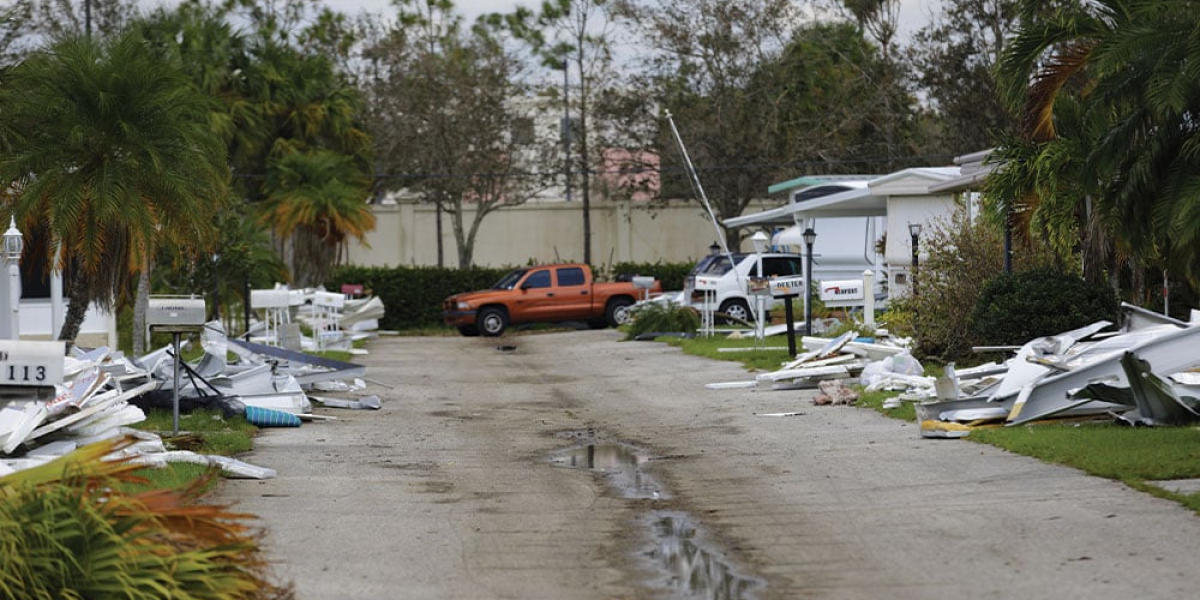In today's uncertain world, protecting one's assets and property is of paramount importance. Theft insurance serves as a safety net, providing financial coverage in the unfortunate event of theft. This article aims to demystify the process of theft insurance claims, offering valuable insights into navigating the complexities of filing a claim and maximizing the chances of a successful outcome.
Understanding Theft Insurance Claims
When you purchase theft insurance, you're essentially safeguarding your belongings against the risk of theft. In the event of theft, you can file a claim with your insurance provider to seek compensation for the stolen items. However, it's essential to understand the intricacies involved in the claims process.
Filing a theft insurance claim involves several steps, starting with notifying the insurance company about the incident. You'll need to provide detailed information about the stolen items, including their description, value, and proof of ownership. This typically requires submitting receipts, photographs, or other documentation substantiating your ownership of the stolen items.
Factors Affecting Theft Insurance Claims
Several factors can influence the outcome of a theft insurance claim. The type of theft covered by your policy, policy limits, and deductibles are crucial considerations. Additionally, insurers may require sufficient evidence to support your claim, such as police reports and appraisals of the stolen items.
Proof of ownership is another critical factor in determining the validity of a theft insurance claim. Providing documentation that establishes your ownership of the stolen items can significantly expedite the claims process and increase the likelihood of a favorable outcome.
Steps to Take After Theft
In the aftermath of a theft, taking prompt action is crucial. Secure the premises to prevent further loss or damage, and immediately contact law enforcement to report the incident. Once law enforcement has been notified, reach out to your insurance company to initiate the claims process.
Documentation and Evidence Collection
Thorough documentation is essential when filing a theft insurance claim. This includes compiling a detailed inventory of the stolen items, along with any supporting evidence such as photographs, receipts, and serial numbers. The more comprehensive your documentation, the smoother the claims process is likely to be.
Filing the Claim
To file a theft insurance claim, you'll need to submit a formal claim application to your insurance provider. This typically involves completing a claim form and providing supporting documentation, such as police reports and proof of ownership. Once your claim has been submitted, the insurance company will initiate an investigation to assess its validity.
Claim Assessment and Settlement
The insurance company will conduct a thorough investigation to evaluate the circumstances surrounding the theft and verify the legitimacy of your claim. This may involve interviews, site inspections, and reviews of documentation provided. Once the investigation is complete, the insurer will determine the amount of compensation to be offered, taking into account the terms of your policy and the value of the stolen items.
Common Challenges in Theft Insurance Claims
While theft insurance can provide invaluable protection, claimants may encounter various challenges during the claims process. Disputes over coverage, delays in claim processing, and disagreements regarding the value of stolen items are common issues that policyholders may face. However, staying informed and proactive can help mitigate these challenges and facilitate a smoother claims experience.
Tips for a Smooth Claim Process
Understanding the terms of your insurance policy is key to ensuring a smooth claims process. Be sure to familiarize yourself with the coverage limits, deductibles, and exclusions outlined in your policy documents. Additionally, promptly reporting theft incidents to your insurance company and cooperating fully with their investigation can expedite the resolution of your claim.
Preventing Theft and Minimizing Risks
While theft insurance provides financial protection, taking proactive measures to prevent theft is equally important. Implementing robust security measures for your home or business can deter potential thieves and minimize the risk of theft occurring. This may include installing alarm systems, surveillance cameras, and secure locks on doors and windows.
Importance of Professional Assistance
In complex theft insurance claims, seeking professional assistance can be beneficial. Public adjusters specialize in advocating for policyholders during the claims process, helping to maximize the settlement amount and navigate any disputes with the insurance company. Likewise, legal assistance may be necessary for resolving contentious issues or pursuing legal action against parties responsible for the theft.
FAQs
What types of theft are typically covered by insurance?
Theft insurance typically covers a wide range of theft-related incidents, including burglary, robbery, and theft of personal belongings.
How long does it take to process a theft insurance claim?
The time taken to process a theft insurance claim can vary depending on various factors, such as the complexity of the claim and the insurer's workload. Generally, claims are processed within a few weeks to a few months.
Can I file a theft insurance claim if I don't have receipts for stolen items?
While receipts can serve as valuable evidence to support your claim, they're not always required. Other forms of documentation, such as photographs, appraisals, or credit card statements, may suffice to establish ownership.
Will my insurance premium increase after filing a theft claim?
Filing a theft insurance claim may or may not result in an increase in your insurance premium. Insurers consider various factors when determining premium rates, including your claims history and the overall risk profile of your property.
Is there a limit to the amount I can claim for stolen items?
The amount you can claim for stolen items is typically subject to the coverage limits specified in your insurance policy. Be sure to review your policy documents carefully to understand the extent of coverage available.
Conclusion
Theft insurance provides essential protection against the financial losses resulting from theft incidents. By understanding the claims process, documenting valuables, and taking proactive measures to prevent theft, policyholders can ensure a smoother claims experience and safeguard their assets effectively.








